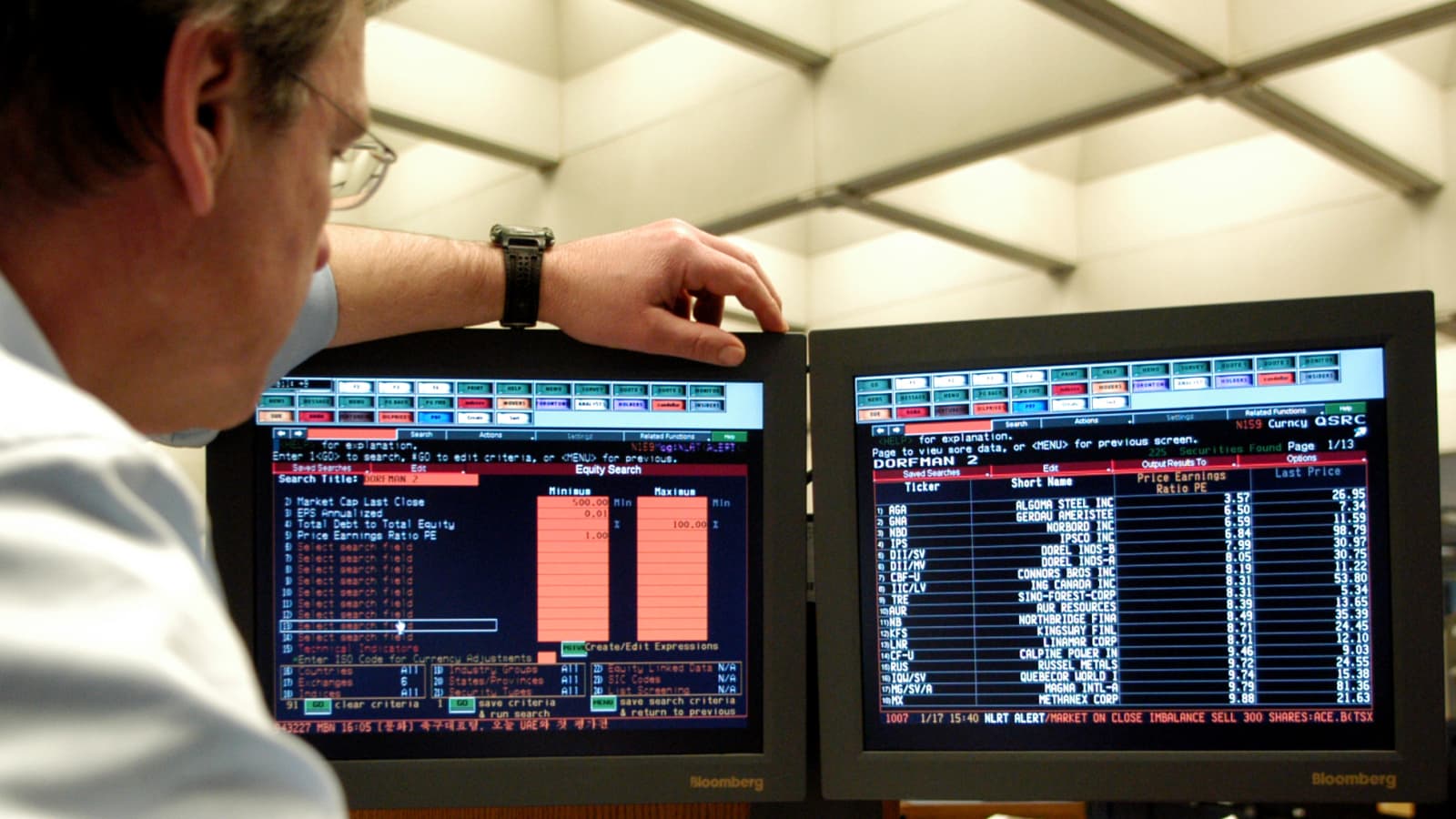US equity index futures are performing another omicron U-turn this morning, limiting the fallout in Asian markets of another fairly gruesome Wall Street session on Friday. The driver of the whip-saw return of serve omicron headline tennis comes from South Africa, where an article from the South African Medical Research Council, suggests that omicron symptoms were milder than previous incarnations, with hospitalised patients mostly having comorbidities. Of course, the sample size is small, but markets never let “the data” these days get in the way of narrative. Omicron variant milder = U-turn = buy everything.
Asia, having suffered so greatly in the delta wave, is understandably more cautious and now is also coming to grips with the reality of the Federal Reserve taper as well as China’s “shared prosperity,” property sector and tech-saga travails. It is no surprise that regional investors have refused to join in North America’s virus ping pong price action unless you are a retail FOMO-gnome inhabitant of Japan’s Nikkei, and South Korea’s Kospi.
Last Friday’s US Non-Farm Payrolls was dismal, adding just 210,000 jobs with a modest upward revision of 82,000 jobs to the October data. The soft data turned into a nil-all draw for markets though as the household employment data suggested 1.1 million jobs had been added, sending the unemployment rate plunging from 4.60% to 4.20%. There are still 10 million open jobs in America and the National Federation of Independent Business survey shows small businesses are crying out for workers. The participation rate remains a dire 61.80%, even as ISM Non-Manufacturing PMI and Business Activity, Employment sub-indexes outperformed.
The truth about employment clearly lies somewhere between the two headline numbers with the household survey likely more prone to exaggeration. Nevertheless, it seems clear that either the workforce has shrunk dramatically through early retirements for example, or Americans are so much wealthier, thanks to the Federal Reserve pimping up asset prices, that they feel no need to immediately return? In this respect, the Fed may have accidentally shot itself in the foot. Such is life in economics, cause, and effect.
Net-net, the overall data impact on Friday didn’t change the narrative surrounding a fast Fed taper and markets have now priced in two rate hikes by late 2022. Apart from allowing markets to fret over omicron into the end of the week, faster tapering and rate hikes impacted tasty valuations of tech stocks, but also lifted the US Dollar. The US bond market continues to behave interestingly though, with the curve flattening instead of steepening, as bond markets price in faster, but lower terminal rates from the FOMC, and remaining comfortable that the Fed has medium/long-term inflation under control.
Things are going to get very interesting if that narrative changes and its first challenge could come this Friday if US CPI prints at 7.0%+ YoY. Secondly, if more omicron outlooks hit the street this week suggesting it is more contagious but less aggressive, you can reasonably assume we have seen the lows in USD/JPY and USD/CHF and oil, but I suspect technology will still struggle at the expense of the denizens of the Dow Jones and Russel 2000. ASEAN will probably be the winner as well versus North Asia.
Of course, China issues have not disappeared and despite reassuring words from various state organs regarding China company US listing over the weekend, nerves surrounding China big-tech will continue. The property sector faces another reckoning this week as well after Evergrande announced on Friday it had received a $260 million repayment demand, and that it could not guarantee it would be able to meet liabilities going forward. That led to the Guangdong local government “sending in a team” to help manage operations. Evergrande and Kaisa face offshore payment deadlines today and tomorrow as well. There is still plenty of juice in this story into the year-end, with Hong Kong markets probably the more vulnerable. What has likely changed, is that the odds of a RRR cut by the PBOC have ramped up.
The data calendar is mostly second-tier this week in Asia except for the Reserve Bank of Australia and India’s latest policy decisions. Directional moves will be dominated by omicron, Evergrande/Kaisa and Friday’s US CPI data, ahead of a central bank policy decision frenzy around the world next week.
Today’s ANZ Job Advertisements, which rose by 7.40% MoM in November, is unlikely to sway the RBA from its ultra-cautious, release the doves, course. The policy statement will be the more interesting, with markets searching for signs of wavering of that course from the RBA. They are likely to be disappointed with omicron community infections in Australia leaving the central bank’s finger glued to the W for Wimp button. The RBI’s policy decision will be more interesting. Rates will remain unchanged, but with stagflation, I mean inflation, moving higher recently, the RBI may signal a rate hike or two are coming. That will be another headwind for local equities, although the Rupee may gain some support, assuming the RBI doesn’t provoke a stampede of international fast money out of local equities.
Oil is on the move today as well, with Saudi Arabia raising January prices to Asian and US customers by $0.60 a barrel over the weekend, although it cut official selling prices (OSPs) to European customers. Technically, that will make other grades of oil from other producers around the world more appealing to Asian buyers, but Brent crude and WTI are up by 2.0% today anyway. Given that OPEC+ is proceeding with its planned 400,000 bpd increase this month, it appears that Saudi Arabia is taking a punt that omicron is a virus in a teacup. Saudi Arabia’s confidence, along with the South African omicron article over the weekend, is a boost to markets looking for good news in any corner they can find it.
The section where Jeff talks about Bitcoin.
Finally, one “asset class” that didn’t enjoy any good news was the crypto space. Fresh from Singapore banning a local crypto exchange for promoting a coin illegally associated with a South Korean boy band, yep, cryptos are a maturing market with more institutional participants, Bitcoin and Ether slumped by around 20% on Saturday, before recovering over half of those losses. I am at a loss to why this happened, but I’ll take a wild guess. Cryptos trade in little islands of liquidity on centralised exchanges, there is not one venue aggregating liquidity. A large leveraged position or two had margin calls on Saturday, and the resulting selling triggered a perfect storm amongst other long positions in a low liquidity time period in isolated liquidity venues. Arbitrageurs would have had a field day. The automated “market makers” did what they do in any other asset class when the going gets tough, disappeared. (insert flash crash/asset class here)
Because cryptos are a rapidly maturing mainstream asset class, I applied an appropriately scientific approach to the problem. I did a voodoo dance threw chicken entrails into the air. When the chicken entrails landed, otherwise known as technical analysis, it actually suggests Saturday’s sell-off was in fact bullish. Bitcoin’s plummet to $42,000.00 was very near to the 61.80% Fibonacci retracement of the January to November rally. The 200-day moving average at $$46,400.00 also held on a closing basis. I’m not going to say the coast is clear until Bitcoin reclaims $53,000.00, though. It does look like Bitcoin is vulnerable to more downside liquidity events, so approach my voodoo dancing chicken entrails outlook with caution.
I look forward to my email inbox filling up tonight with strange people calling me an idiot and saying they all bought Bitcoin at $1.0. I will receive none from people saying I bought it at $67,000.00 and I wish I’d listened to you, Jeff. For me, I eagerly await the gigantic “institutional players” appearance to “stabilise markets.” Bueller? Bueller? Ferris Bueller?
Weaker omicron hopes lessen Friday fallout on Asian equities.
Asian equities are having a mixed day today after US index futures rallied this morning in hopes that omicron is a milder variant. That came after another torrid Wall Street session, where mixed signals from US employment data led to higher Fed tapering nerves mixed in with negative omicron sentiment. On Friday, the S&P 500 fell by 0.84%, the Nasdaq slumped by 1.92% and the Dow Jones outperformed, falling just 0.19%. A faster Fed taper and early rate hikes clearly benefit value versus growth at the moment, with the US yield curve flattening once again.
An abrupt reversal has occurred on initial reports that omicron is a weaker variant. Dow Jones futures have jumped by 0.65% today, while S&P 500 futures are 0.50% higher, with Nasdaq futures lagging, rising just 0.15%. It seems that positive omicron news will be expressed further by value outperforming growth against the background of a more hawkish FOMC.
That has taken the edge of Asian markets as well with the Nikkei 225 falling just 0.45% today, led by a 9.0% slump by Softbank. South Korea’s Kospi, by contrast, is 0.10% higher. Mainland China is outperforming after comments from officials and press over the weekend raised expectations of an imminent RRR cut and more lending. China’s “national team’ may also be around, “smoothing” markets. That sees the Shanghai Composite rising by 0.65% today, with the CSI 300 climbing 0.35%.
Hong Kong markets are enduring a torrid session with China big-tech stocks being hammered once again on delisting and crackdown nerves. Evergrande’s day of truth sees it trading 10% lower as well. The Hang Seng is down by 1.20%.
Regionally, Singapore is 0.80% higher, whiles Kuala Lumpur has fallen by 0.45% and Jakarta has risen by 0.55%. Taipei is 0.30% lower, with Manila rising by 1.20% and Bangkok falling 0.45%. Australian markets have also edged lower, the ASX 200 easing by 0.15%, and the All Ordinaries moving 0.30% lower.
Hong Kong aside, the positive omicron headlines, have encouraged Asian buy-the-dippers back into the market today, albeit unevenly. European markets are likely to seize on the omicron-is-weaker hopes as well and I expect Europe and the UK to open quite positively this afternoon. As ever, market direction and sentiment remains fragile. Although markets are desperate to grasp at any straws of hope on the virus front, we are one headline away from the straw being taken from our grasp and direction changing abruptly.
The US Dollar maintains its Fed tapering boost.
The US Dollar shrugged of a confused US employment data picture on Friday as markets put omicron to one side and priced in that a faster Fed taper from the FOMC remains on track to be announced next week. Markets have also priced in faster rate hikes as well, supporting the US Dollar even as the US yield curve flattens. The dollar index held steady at 96.15 on Friday, rising 12 points to 96.27 in Asia.
The rise in the dollar index has been driven by a reversal out of the haven Japanese Yen and Swiss France today as omicron worries subside for now. USD/JPY and USD/CHF have risen 0.16% and 0.28% to 113.00 and 0.9205 respectively. If the initial reports from South Africa turn out to be correct globally, markets have seen the lows in both pairs for some time.
Those currencies most associated with risk sentiment are finding very little respite though, namely the commonwealths and Euro. Instead of omicron, sentiment concerns have been replaced with a faster Fed taper and more rapid US interest rate hikes. EUR/SD and GBP/USD have edged lower to 1.1290 and 1.3235 today and remain a sell on any 50 to 100 point rally. AUD/USD has risen 0.30% to 0.7020 on firm ANZ jobs data, but NZD/USD remains stuck around 0.6760. Both remain vulnerable to deeper sell-offs this week and in the case of AUD/USD, it has formed a very negative head-and-shoulders technical pattern targeting a multi-week move to near 0.6000.
The PBOC set a weaker Yuan fixing today but USD/CNY has still eased 0.10% to 6.3685. Other Asian currencies are also enjoying a modest omicron respite, with MYR, KRW, PHP, SGD, and THB between 0.15% and 0.25% higher this morning. The longevity of the rally is entirely dependent on omicron headlines, as it is elsewhere. But being more sensitive as a region to US monetary policy, I believe gains will be limited at best by Asian currencies this week as Fed taper nerves ratchet higher. A higher than expected US CPI on Friday likely sees another wave of selling sweeping Asian FX as well as the Euro and commonwealths.
Saudi Arabia/Omicron lifts oil prices in Asia.
Oil prices eased on Friday on omicron fears, Brent crude falling 0.90% and WTI falling by 1.45%. The falls were modest though by recent standards where the intraday volatility had threatened to make oil almost untradeable. The commitment of traders positioning also shows a massive drawdown in speculative long positioning, making exposure more balanced, also a supportive factor.
Oil prices have rallied sharply in Asia after Saudi Arabia yesterday announced January price increases to Asian and US customers, and weekend reports from South Africa suggested omicron was less harsh than previous variants. Brent crude is 2.10% higher at $71.35 a barrel, and WTI is 2.0% higher at $67.75 a barrel.
I am struggling to construct a positive narrative out of Saudi Arabia raising prices, especially as it makes competing grades more appealing to their client base. The best I can do is that Saudi Arabia feels confident raising prices despite higher OPEC+ production because it believes omicron is a storm in a test tube and that the global recovery will not be derailed. The South African reports have reinforced that sentiment.
Whether that sentiment lasts or not, the relative strength indexes (RSIs) that I mentioned last week remain near oversold suggesting that any oil sell-offs from here will be shallower and shorter in nature. Brent crude needs to reclaim $73.00, and WTI $70.00 a barrel to tentatively say the lows are in place. If omicron is proven over the coming days (or weeks) to be less aggressive, even if it is more contagious, then we can say 100% last weeks lows were the bargain of the quarter, and possibly for H! 2022, for those brave enough to indulge.
Gold remains forgotten.
Gold remains side-lined, trading sideways on a closing basis, despite some decent intraday ranges. On Friday, thanks to a mixed US employment report leading to a flattening yield curve, gold managed to gain 0.88% to $1783.90 an ounce. In Asia, gold is barely changed, easing 0.10% lower to $1781.70 an ounce.
In the bigger picture, gold looks set to trade in a rough $1770.00 to $1800.00 an ounce range this week, unable to sustain momentum above or below those levels. The 50,100 and 200-day moving averages (DMAs), clustered between $1791.00 and $1793.00 provide immediate resistance, followed by $1800.00. Support lies at $1770.00 and $1760.00.
With the omicron outlook looking less bleak, and with longer-dated US yields continuing to fall, gold could well stage a modest recovery this week. However, with the US CPI data on Friday likely to print around 7.0%, gold remains a sell on rallies to $1810.00. A 7.0% print will raise the faster taper and rate hike noise ahead of next week’s FOMC meeting, and longer-dated yields could finally shake off their medium-term inflation lethargy. The balance of risks still favours a move lower towards $1720.00 an ounce.

















